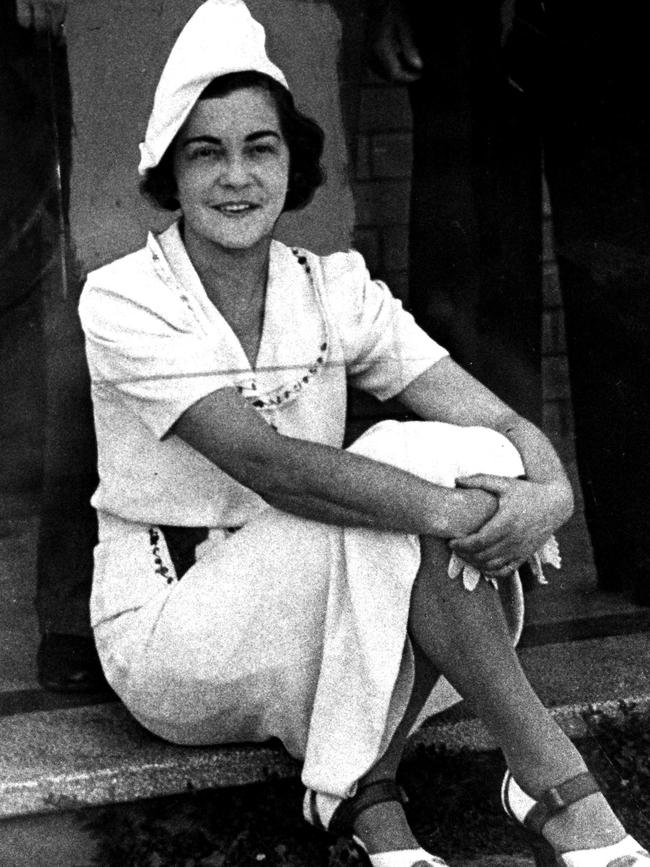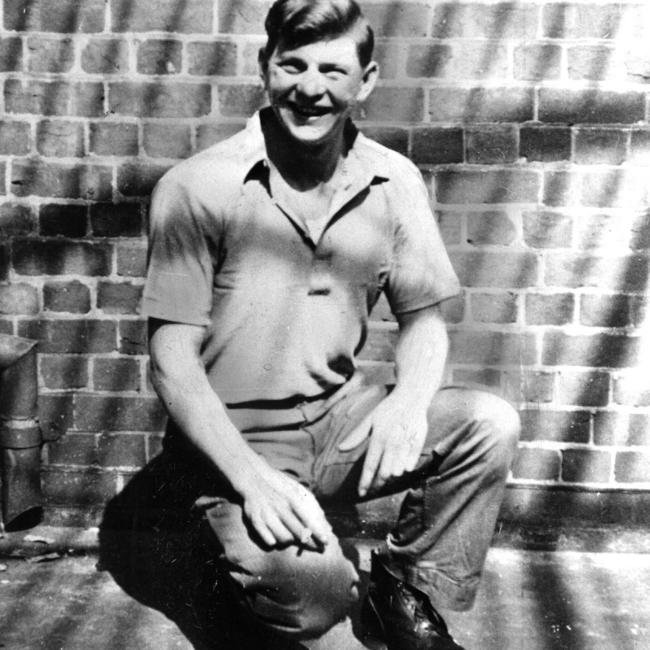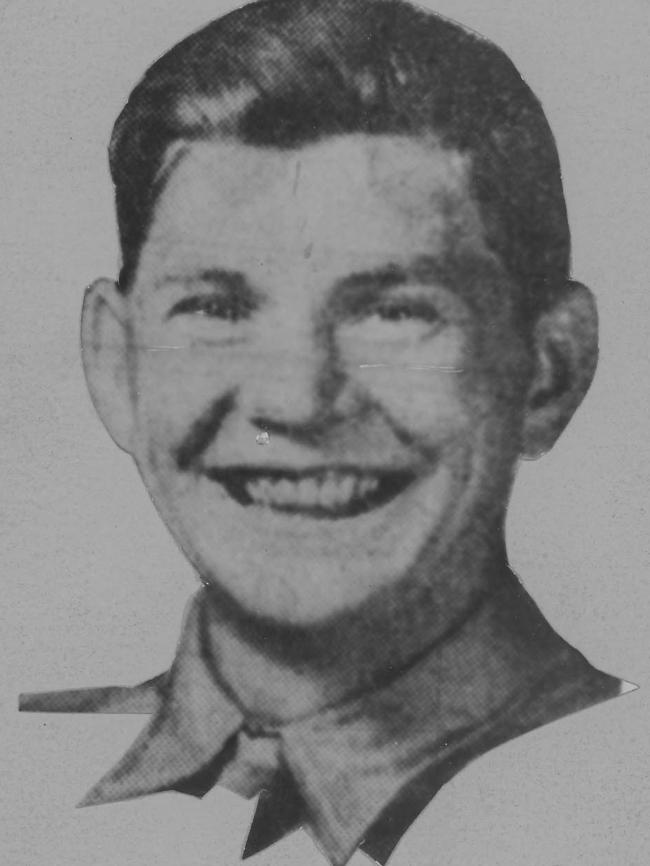How a quirk of fate ended Melbourne serial killer’s reign of terror
The Brownout Strangler killed three Melbourne women in 16 days. If not for a split-second quirk of fate, chances are he would have evaded detection and escaped the noose.

Our Criminal History
Don't miss out on the headlines from Our Criminal History. Followed categories will be added to My News.
It was only by a remarkable stroke of luck that smiling serial killer Edward Leonski was caught after murdering three women over 16 days in Melbourne during World War II.
With his charismatic grin, knack for one-liners and love of a good time, the 24-year-old blended in easily with the tens of thousands of other American servicemen based in Melbourne in 1942.
But the jovial GI’s easygoing demeanour disguised a dark secret.
Leonski is the subject of the latest episode of the free In Black and White podcast, available from 8am today.
The baby-faced psychopath dubbed the “Brownout Strangler” terrorised Melbourne, seeking out vulnerable women under the cover of darkness.
In all, he strangled to death three Melbourne women, Ivy McLeod, Pauline Thompson and Gladys Hosking. Several more had lucky escapes.


Melbourne historian Trevor Poultney, who researched Leonski’s life for his book Victims of the Rope, says that after three murders in May 1942, Melbourne was in turmoil.
“People are afraid to go out. Trams at night are empty,” says Poultney, tour guide and researcher at the Old Melbourne Gaol.


“Everyone’s worried about this ‘Brownout Strangler’ that they’re writing about it. The newspapers are full of it.”
Incredibly, Leonski almost evaded detection, even after police realised the killer on the loose was an American soldier, based on witness reports.

Victorian police set up a series of identity parades of the American servicemen stationed at Camp Pell, in Royal Park in Parkville, in front of witnesses to identify the killer.
“Virtually the entire population of Camp Pell is paraded before witnesses, but nobody, nobody can identify Leonski,” Mr Poultney says. “No-one had got a clear enough view.”

But the last witness was the uncle of a woman who had a lucky escape from Leonski, a man named Jackson who had chased the killer off by hurling a chair at him as he fled.
“He couldn’t recognise him either, but after the ID parade, a little group of them are walking back to the gate to organise transport to get back to Melbourne, and Leonski and a couple of other GIs walk past and Jackson sees him: ‘That’s the man!’
“It is total good fortune.”

Eventually Leonski confessed to the three murders, and at one stage offered up the strangest of motives for his killing spree.
He had a bizarre fascination with female voices, especially while singing, and Leonski said he killed the women in order to possess their voices.
After being sentenced to hang, Leonski spent much of his time in the City Watch House reading the history of the Kelly Gang, and listening to classical music on a radio.

And he continued to display his trademark dark sense of humour in the days before his execution.
“He exhibited an amazing level of gallows humour,” Mr Poultney says.

“When he knew he was going to hang, he kept making comments about it: ‘I’ll have to give up smoking,’ he says. ‘It’s bad for the throat!’ ‘I’m going to get a free facelift!’
“He used to collect magazine photographs of good-looking women, and he’d look at them and say, ‘Ooh, what a lovely neck!’
“I mean that is weird, absolutely weird.”
LISTEN TO THE INTERVIEW NOW IN TODAY’S NEW EPISODE OF THE FREE IN BLACK & WHITE PODCAST ON VICTORIA’S FORGOTTEN CHARACTERS
And listen to our previous podcasts including Trevor Poultney’s take on the murderous “baby farmer of Brunswick”, the story behind the woman who was the little-known link between the Ned Kelly Gang and the legend of the Ashes urn, or the story of the real Sherlock Holmes, Melbourne police detective John Christie.
Subscribe to the podcast on iTunes here or Spotify here or on your favourite platform.
Check out In Black & White in the Herald Sun newspaper Monday to Friday to see more stories from Victoria’s past.
inblackandwhite@heraldsun.com.au
Trevor Poultney’s book, Victims of the Rope: Executions in Port Phillip & Victoria, 1842-1967, is available at the Old Melbourne Gaol shop, or contact t.poult@bigpond.net.au.
Originally published as How a quirk of fate ended Melbourne serial killer’s reign of terror



